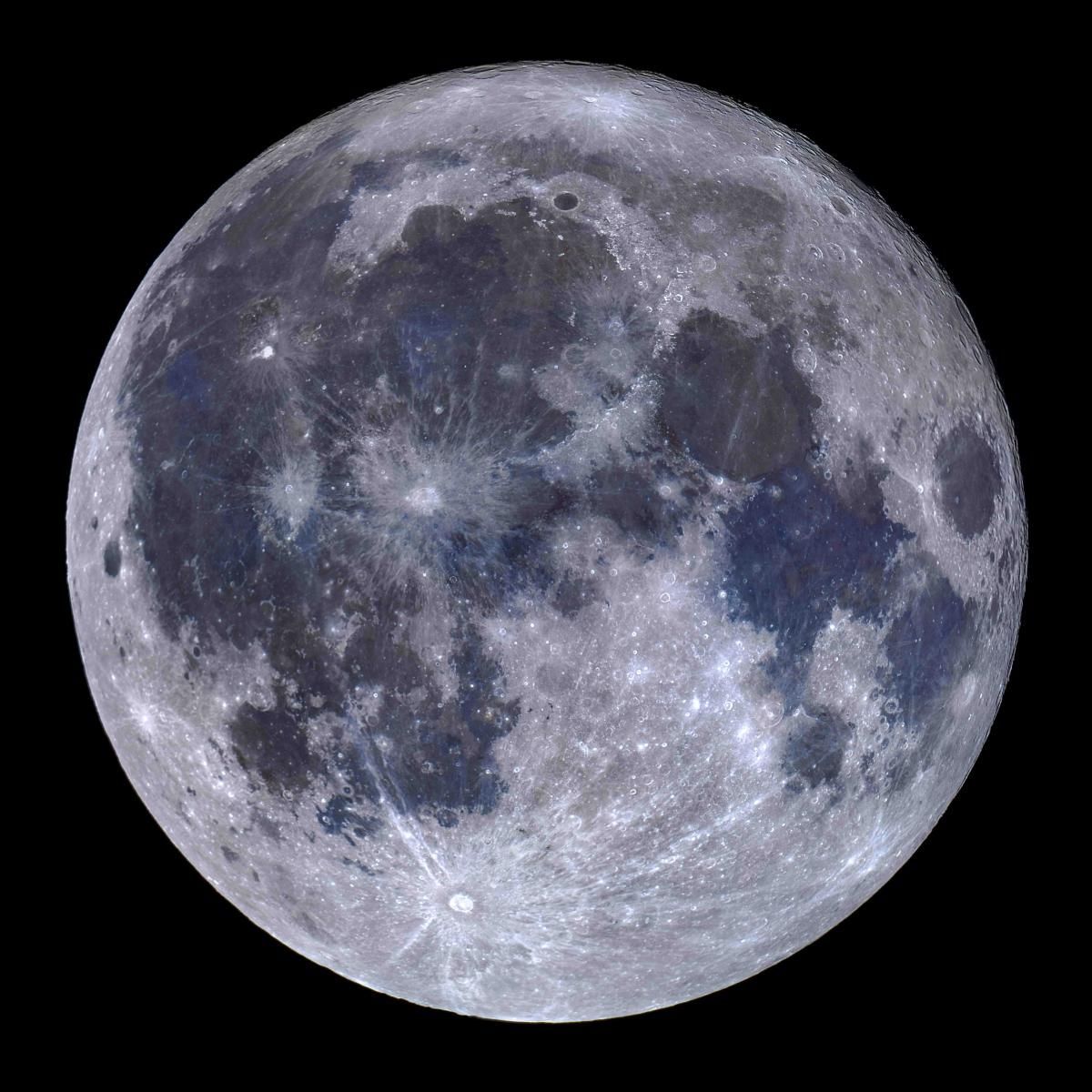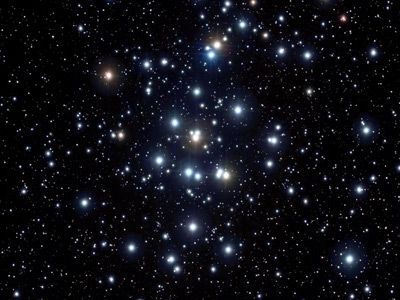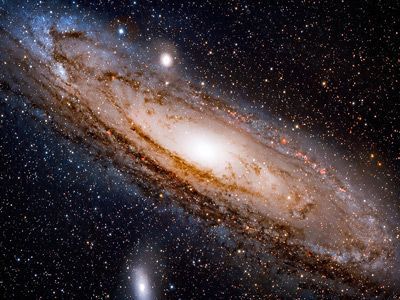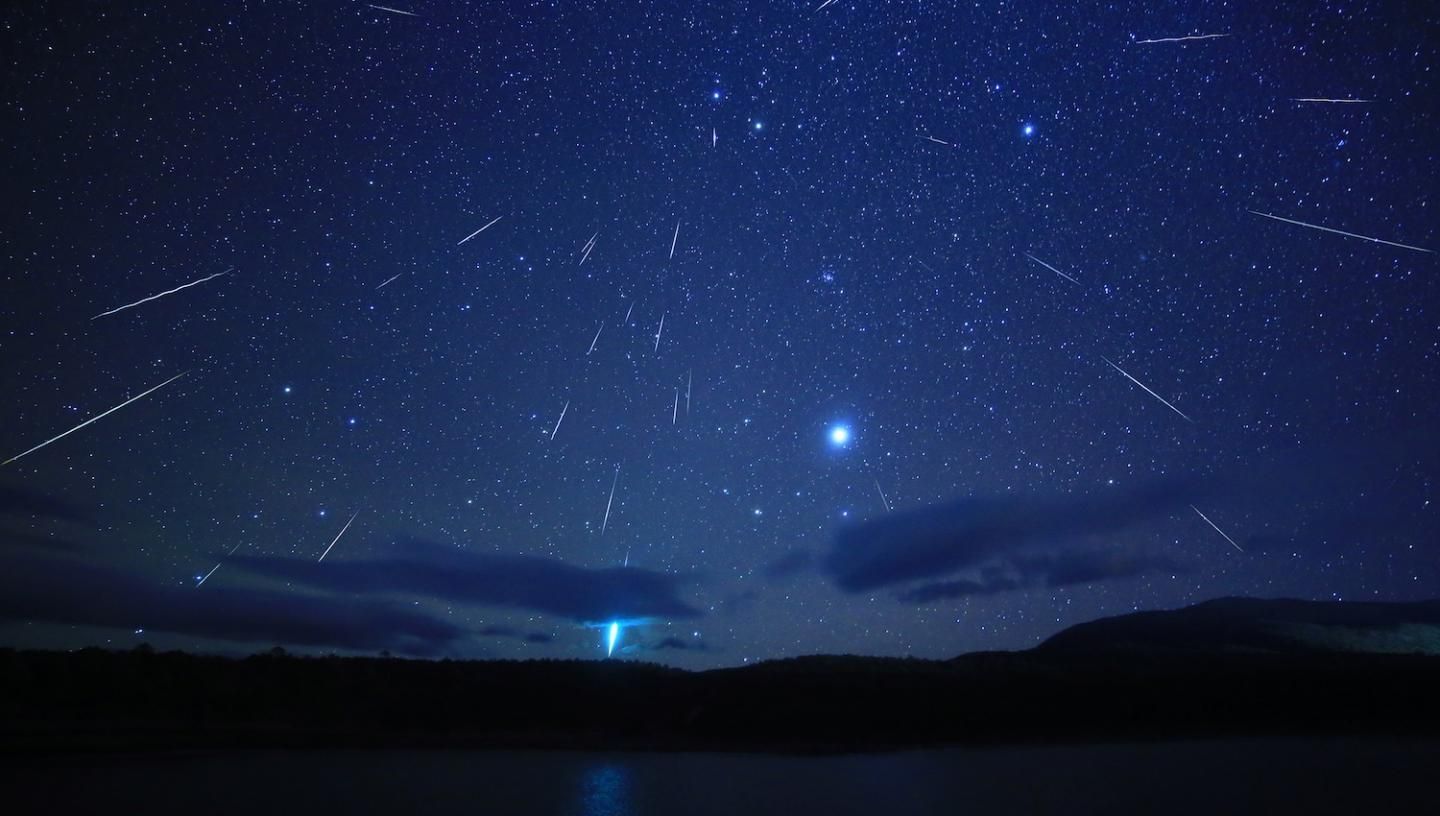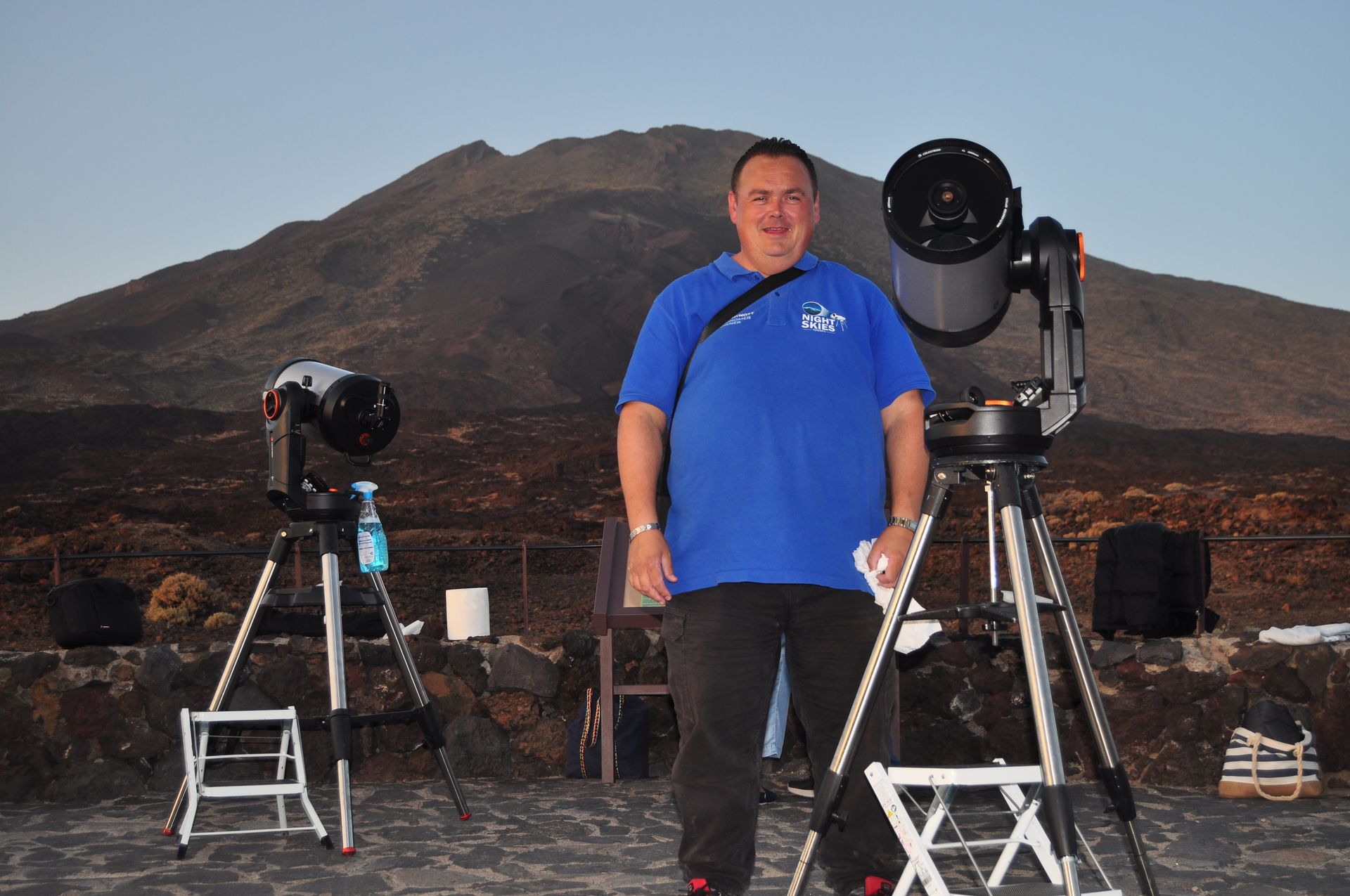December Skylights with Kieran Mynott
The breathtaking Geminids meteor showers, The Andromeda Galaxy, Albireo Star, The Milky Way Core, The Pleiades (Seven Sisters), Jupiter, everyone's favourite Saturn and the Signs of the Zodiac are all visible in the pristine December night skies of Tenerife.
Whether you're an experienced astronomer, a casual stargazer or just looking for things to do in Tenerife, you’ll not want to leave without experiencing a
Night Skies Tenerife Teide National Park Stargazing & Sunset Tour.
Meteor Shower Alert! The Spectacular Geminids peaking around 13th December
The Geminids meteor shower is one of the most spectacular and reliable annual meteor showers, known for its bright and colorful meteors.
The meteors appear to originate from the constellation Gemini (hence the name) and unlike most meteor showers that originate from comets, the Geminids are associated with an asteroid called 3200 Phaethon. This makes the shower unique with bright and colourful meteors.
The peak of the Geminids is expected on December 13–14, 2024, when the moon will be in its waning crescent phase, offering relatively dark skies for good viewing conditions.
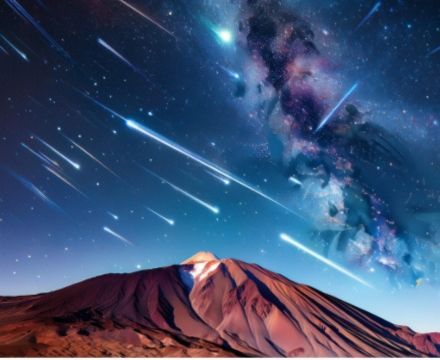

Albireo Star
Albireo is a famous double star located in the constellation Cygnus (the Swan) and is one of the most beautiful binary star systems visible to the naked eye.
It is often considered one of the finest targets for amateur astronomers due to the stunning color contrast between its two components.

Pleiades (The 7 Sisters)
The Pleiades, also known as the Seven Sisters, is a prominent open star cluster located in the constellation Taurus. It contains over 1,000 stars, but the brightest ones are often visible to the naked eye, typically numbering around six or seven.
The cluster is about 444 light-years away from Earth and is surrounded by a faint reflection nebula, which gives it a beautiful bluish hue.
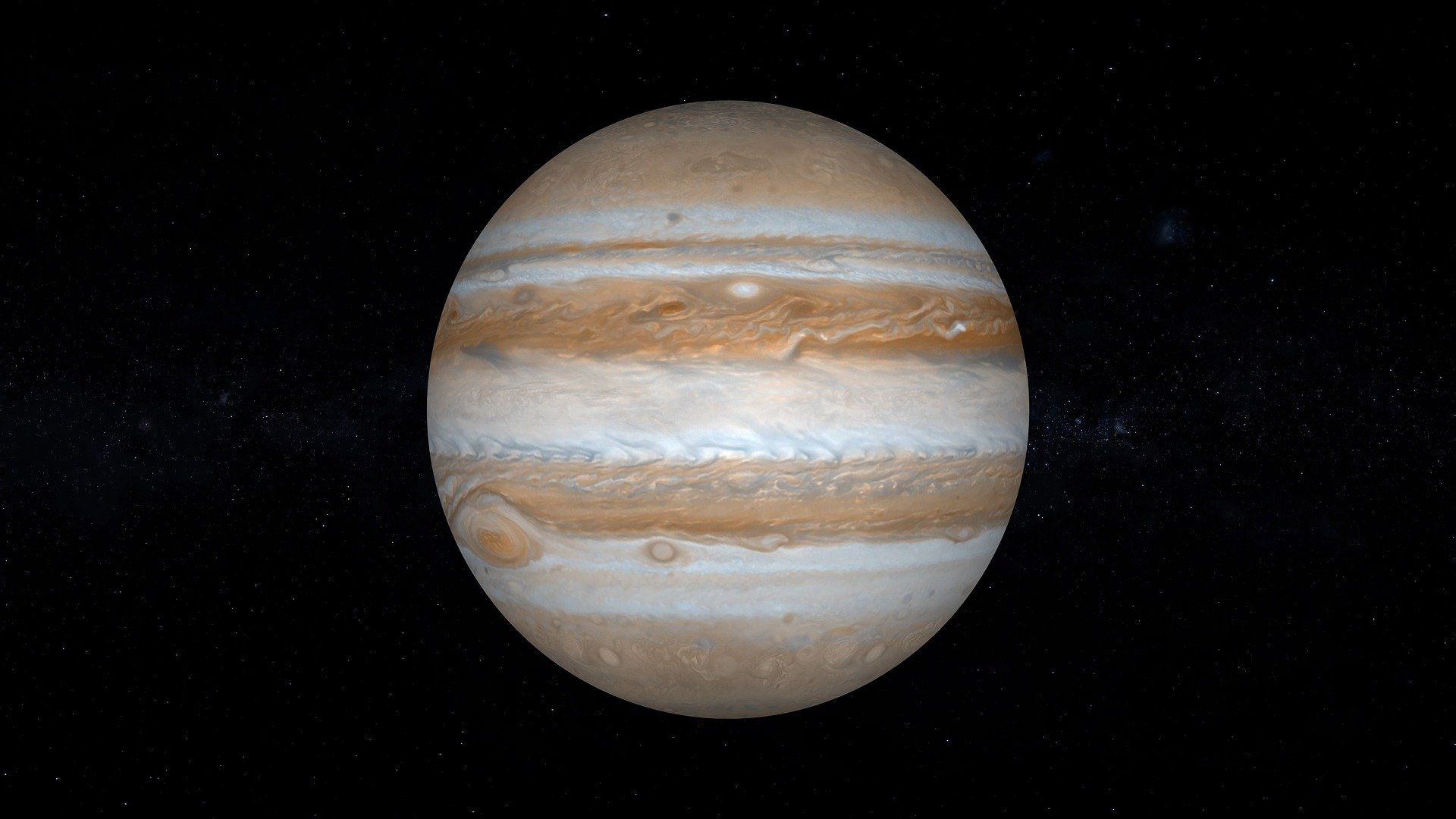
Jupiter
Jupiter is the largest planet in our galaxy, known for its prominent bands of clouds, massive storms like the Great Red Spot, and its many moons, including the largest ones called the Galilean moons: Io, Europa, Ganymede, and Callisto.
Observing Jupiter from Tenerife can provide exceptional views due to the island's clear skies and low light pollution.
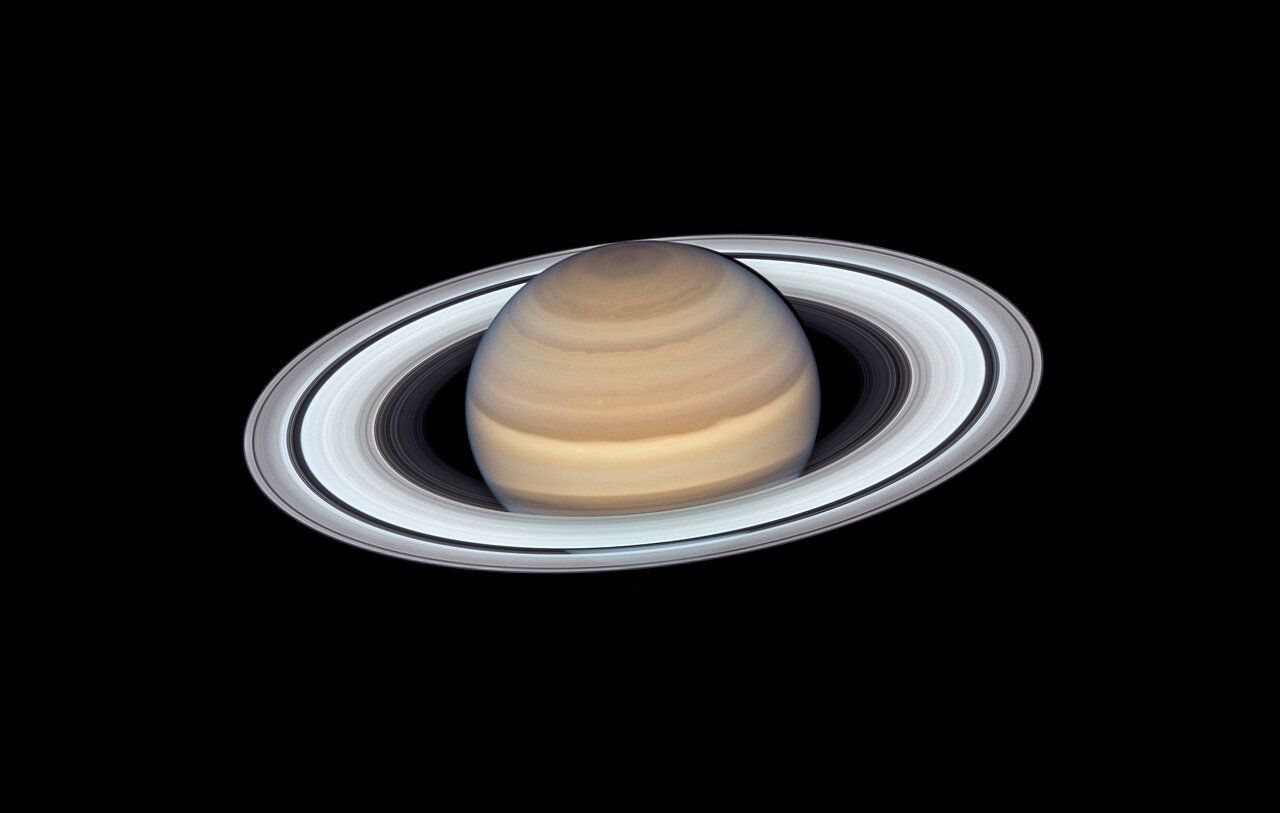
Saturn
Everyone’s favourite, Saturn is the sixth planet from the Sun and the second-largest planet in our solar system, famous for its stunning ring system.
It’s a gas giant, primarily composed of hydrogen and helium, and is easily visible in the night sky, often appearing as a bright, yellowish star to the naked eye.
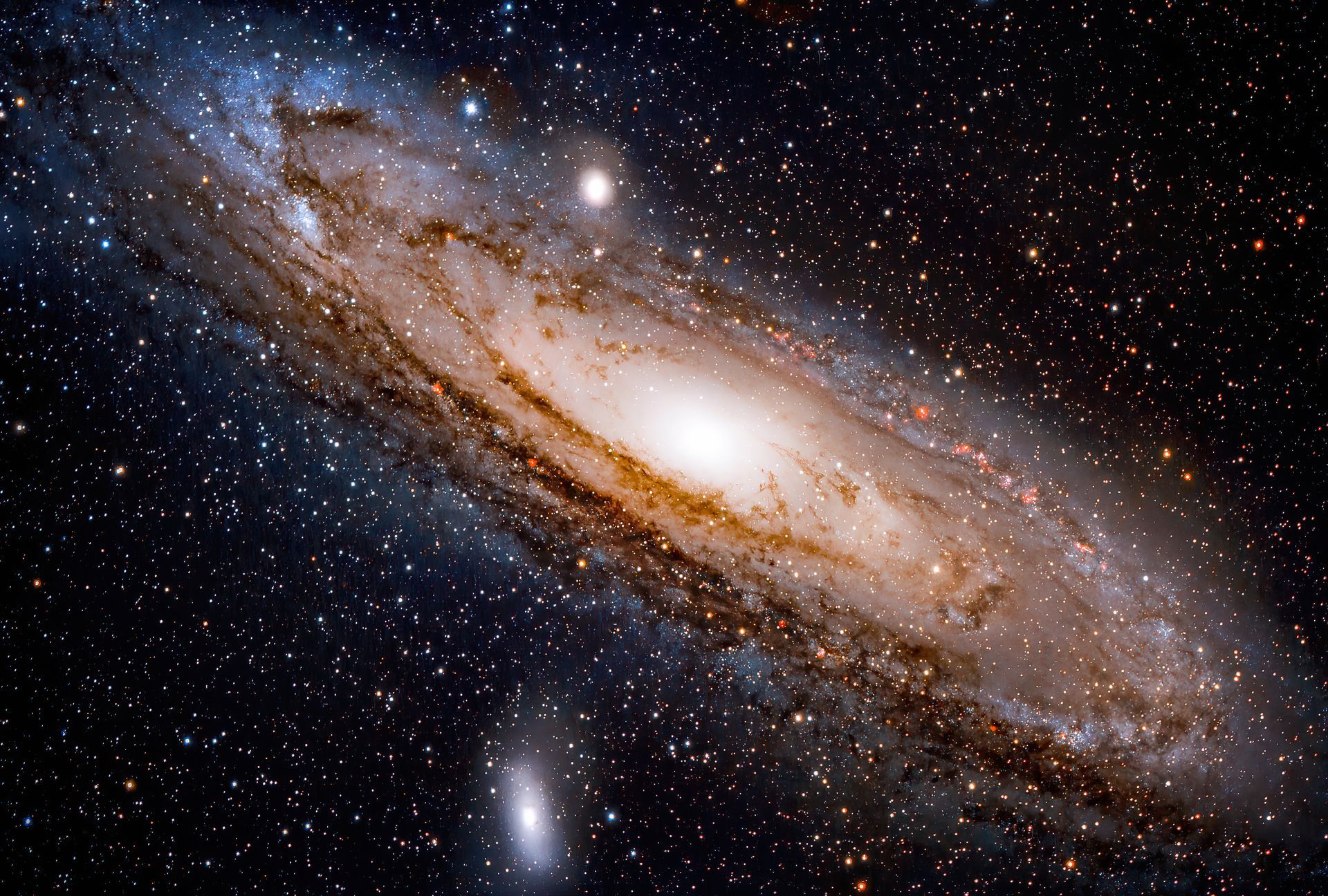
Andromeda Galaxy (M31)
The Andromeda Galaxy is our closest neighbouring galaxy at 2.5 million light years away, hurtling towards the Milky Way at 75 miles per second. Don’t worry through, at that speed it will take 4.6 billion years to collide with our galaxy.
A majestic object in the night sky, visible to the naked eye under dark skies, it is one of the most studied galaxies due to its proximity.
The Moon Phases
New Moon
1st November - The moon will be completely dark and not visible from Earth.
First Quarter
9th November- The right half of the moon will be illuminated, providing good viewing conditions.
Full Moon
15th November - The entire face of the moon will be illuminated, making it bright and prominent in the night sky.
Last Quarter
24th November - The left half of the moon will be illuminated as it transitions back to a new moon.
